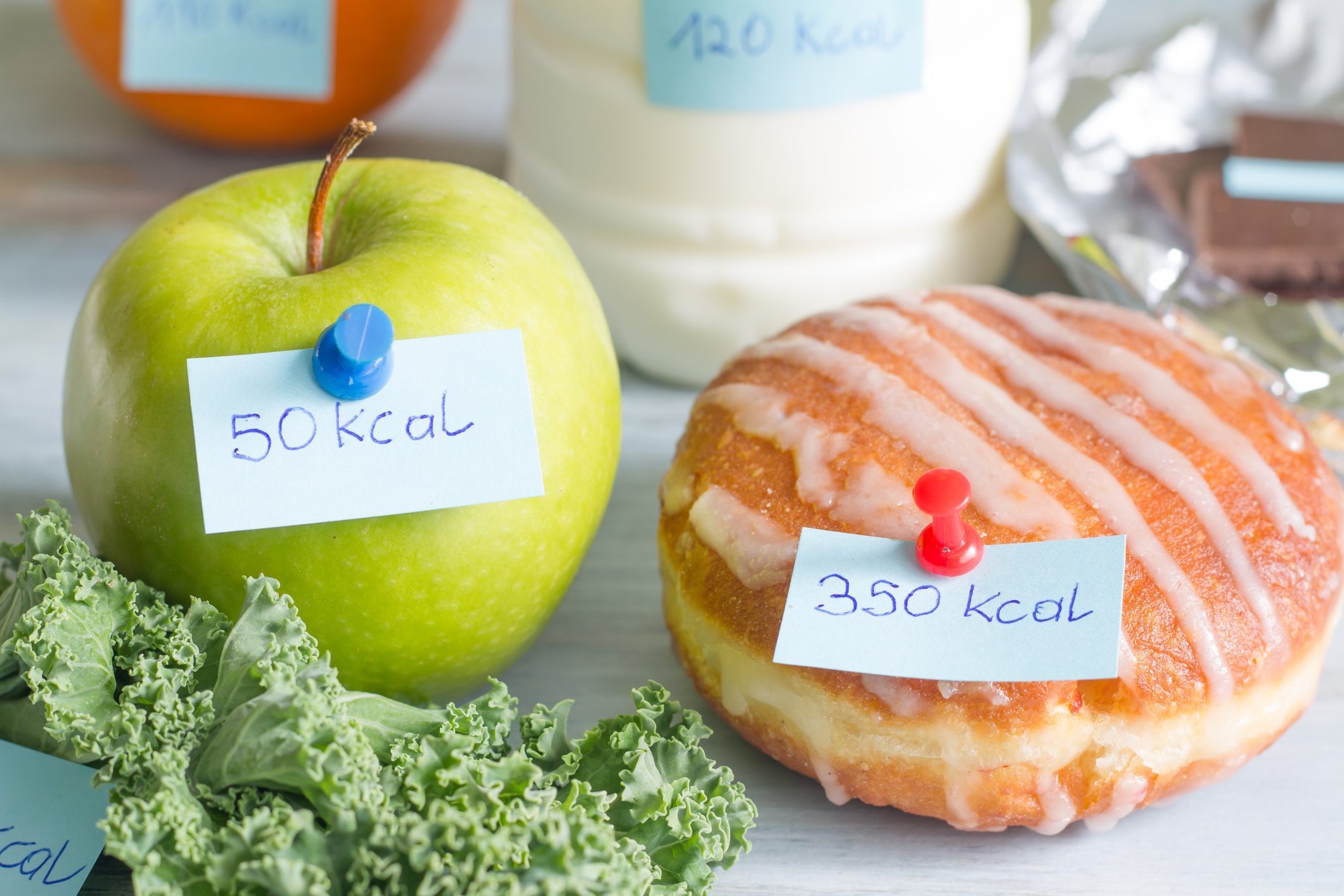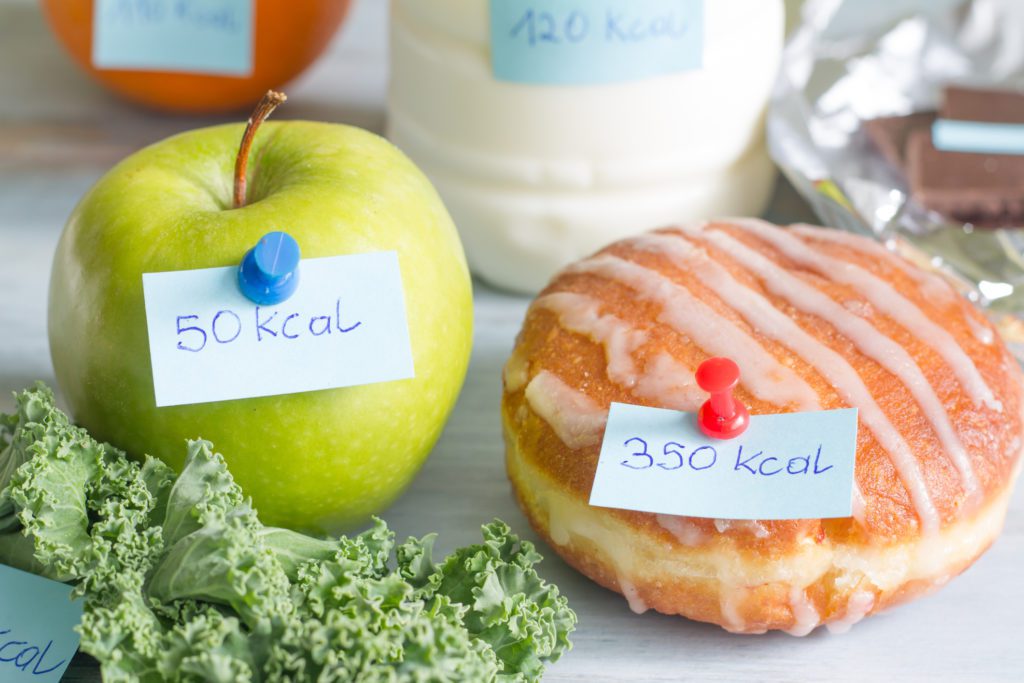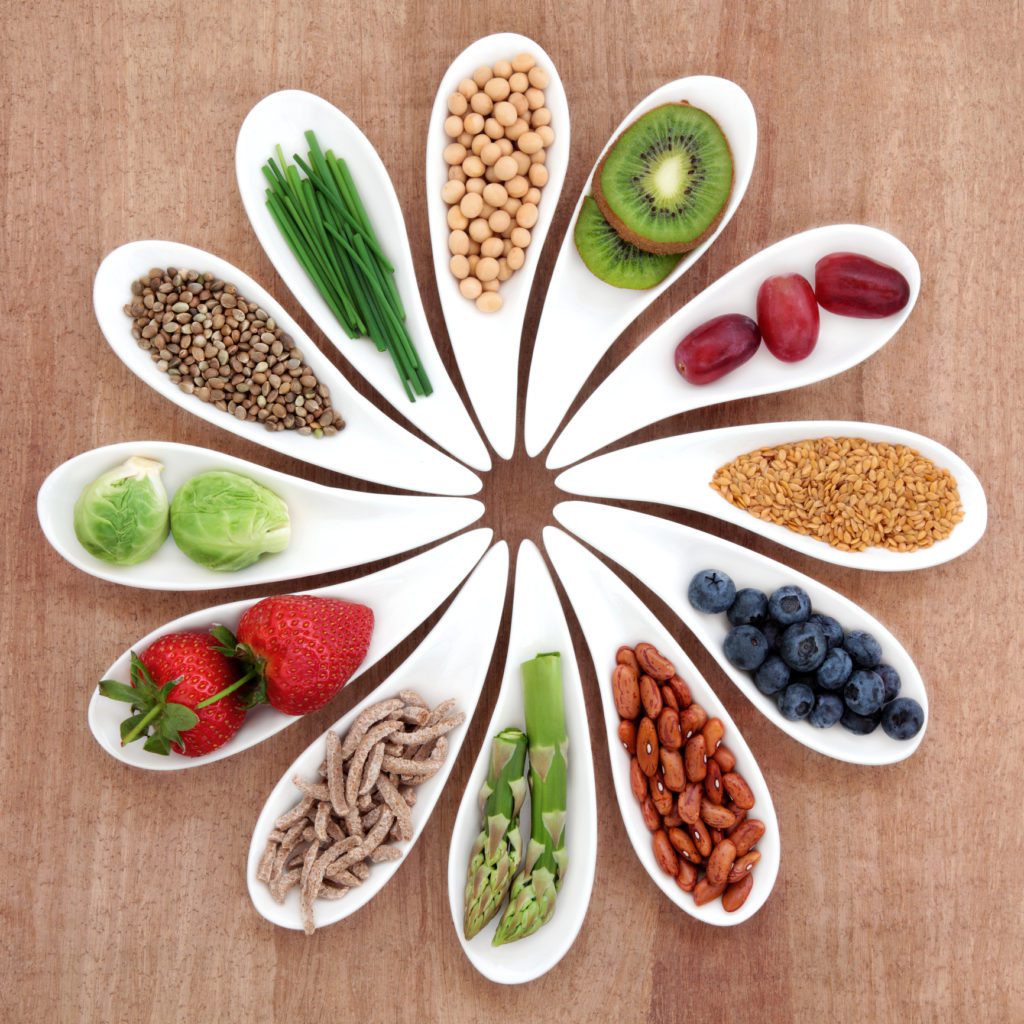You are what you eat: Non-caloric weight loss factors

— By Pip Taylor
High performing endurance athletes are usually lean. Reducing excess body fat increases power to weight ratio, meaning it takes less energy to pedal or run – effects only magnify as distance increases or hills come into play. The feeling is that the lighter you are, the faster you’ll go. The effort to get to race weight, or reduce body weight and fat mass, seems to be a constant struggle for many endurance athletes.
But, while leanness can be associated with increased performance, it is not true that lighter always equates to faster. Drastically or quickly reducing body will most definitely not help performance and may, in fact, be damaging to health and/or performance. So much of what we read, see and hear on nutrition and health has a bent towards weight loss and, typically, promotes the idea that it should be a simple equation: calories in, calories out. Unfortunately, though, that’s not true.
What is a calorie?
A calorie is simply a measure of energy (technically the amount of energy needed to heat 1 kg of water by 1 C) that the body uses to drive chemical reactions. Clearly in a system as complex as the human body it is a gross oversimplification to assume that all calories are equal no matter what food they are derived from and that they all elicit identical metabolic responses. This neglects the quality of those calories and, importantly, the hormonal response they provoke in the body. Hormones are the primary driver of not only body weight, but also body weight distribution.
Why nutrients matter
Nutrient quality is important as the macro and micronutrient breakdown and how your body responds are significant. Clearly 100 calories of soda or candy will have a different effect than 100 calories of carrots. One adds plenty of fibre and contributes an array of nutrients and antioxidants. The other provides simple energy that quickly raises blood sugar levels and sets of an insulin response. Insulin is the hormone that works hard to reduce high levels of blood glucose – glucose is used for energy, but excess is stored as body fat. High levels of insulin mean that not only is fat storage promoted, but the mobilization and burning of fat for energy is prevented. The insulin response is greater the more refined and less fibrous a food (or drink) is.
This concept of nutrients and real foods is worth reiterating to athletes. Often those in hard training can come to rely heavily on sports foods that are usually more refined (as they are designed for a specific purpose). Processing of foods means that we have to expend less energy breaking down and digesting that food. Even simple processing like chopping or mincing – a whole steak vs. a minced steak – takes mechanical energy to break down and yet calorie for calorie they may be equal. Similarly, cooking, fermenting and other methods of preparing or processing foods change the caloric impact of a food, making calorie counting a very confusing and inaccurate exercise. Energy required for digestion also differs by macronutrient – the energy it takes us to break down and digest protein is greater than that for fat or carbohydrate. Protein may suppress feelings of hunger for longer than carbohydrates with fat also having a satiating effect.
The role of the gut and the microbiome
That fibre in those carrots (and other whole, real foods) feeds the bacteria in your gut and is critically important in the weight loss/maintenance/gain game too. Not only does fibre make us feel fuller for longer, but fermentable fibres help promote a healthy gut microbiome, which is important in many aspects of health, including weight. Researchers have shown that different strains of bacteria glean different amounts of energy from the same foods, meaning some people get more bang for their buck than others even if they have eaten the exact same foods. In general, obese individuals have differing types of bacteria that obtain greater amounts of energy from the same foods than do lean people.
Lifestyle and weight
Stress and overtraining are also essential in the weight loss game with both interplaying with hormones that regulate appetite. Grehlin is known as the hormone that stimulates appetite, while leptin is the “stepaway-from-the-plate” hormone that increases as we start to get full. An increasing number of studies show that sleep deprivation leads to weight gain and loss of lean body mass – both negative outcomes for athletes.
Inadequate amounts of sleep (even in the short term) can lower levels of leptin whilst increasing grehlin and cortisol (another hormone that correlates strongly with stress). Higher levels of cortisol are known to increase appetite, but also the drive to consume high impact/energyfoods – high sugar, high fat foods. These foods directly act on our brains – lighting up the pleasure centres by releasing the hormone dopamine – and this drive to eat more has nothing to do with calories and everything to do with the hormonal response to our foods. In other words, different foods affect our hormones in different ways, even when calorically identical. High levels of cortisol can also spur on development of insulin resistance and promote inflammation – both factors which can increase the risk of being overweight (or make weight loss efforts very difficult).
Just as the notion of calories in vs. calories out may be outdated, it is also wrong to assume that calories don’t matter at all. They do. But there are other aspects of your diet (and lifestyle) that bear consideration before you start trying to track calories or energy expenditure in an effort to regulate weight. So, while the instinct can be to train more and harder in an effort to get leaner, our hormones may not agree. Instead, looking after your gut, some sleep, relaxation and recovery may be the best workout you can do. Other factors such as getting adequate amounts of sunshine and subsequently Vitamin D can also be important.
Pro triathlete Pip Taylor is a certified sports nutritionist.


